
Definition
Toenail Fungus: A fungal infection of the toenails.
General Info
Toenail fungus, also known as onychomycosis, occurs when fungi invade the toe’s nail bed and other structures. Toenail fungus can be difficult to treat, and some infections may require the use of anti-fungal medicines. Fungi, including the fungi that invade the toenails, thrive in moist, dark, and humid environments—common conditions found in many types of footwear.
People of all ages may develop this health problem, though toenail fungus is most common among people 60 years of age and older. Toenail fungus occurs with greater regularity in people who have diabetes and/or circulation problems, and men are more likely than women to develop this common foot problem.
It’s relatively common for several people in a single family to develop fungal toenail infections around the same time. Fungal toenail infections of multiple family members may occur if family members happen to be sick at the same time and their immune systems are unable to combat the infection. Toenail fungus may also be spread between family members through the sharing of infected towels.
A person who suspects they have toenail fungus should consult his or her foot care professional for an assessment and in-depth treatment suggestions.
Signs & Symptoms
A foot care professional can usually diagnose a fungal toenail infection simply by examining the affected toenail(s). Some of the most common signs and symptoms associated with toenail fungus include:
- Thick toenails
- Decreased toenail shine or luster
- Debris located under the toenails
- Toenails that are curled or deformed
- Toenails that detach from the nail bed
- Toenails that are white or yellow in color
- Toenails that are brittle or crumbly at their ends
Possible Causes
Fungal toenail infection usually follows fungal infection of the feet. Some of the most significant factors causing fungal toenail infections include:
- Nail deformities and disease
- Low immune system function
- Minor skin wounds or nail damage
- Footwear that encourages sweat production
- Skin that remains moist for prolonged periods
- Pedicures involving utensils that have been used on infected individuals
Helpful Strategies
Oral prescription medication may be necessary in some cases, but they are often hard on the liver. Topical application of certain anti-fungal creams or ointments may also help treat toenail fungus, especially when the nail is carefully filed down in order to expose the fungus to the medicine.
A person with toenail fungus can follow these simple steps to help treat the fungal toenail infection using a topical cream:
-
Use an emery board after a shower or bath to file down the infected toenail as close to the skin as possible without irritating the tissue under the nail. Note: Some people choose to go to a foot care expert every few months to have their toenails professionally filed down with a rotary file.
- Apply topical anti-fungal cream or ointment to the affected toenail, or use Dr. Swaim's Anti-Fungal Nail Balm Kit, when getting ready for bed. Use plastic wrap around the affected toenail to help keep the medicine next to the nail all night. If the medicine is not protected, it may rub off the toenail and soak into the sheets.
- Wear socks to bed over the plastic wrap to help keep the wrap in place all night. Tape or Coban (self-sticking tape) can also be used.
- Discuss with a foot care professional whether a prescription or over-the-counter anti-fungal product is an appropriate consideration.
Keep in mind that toenails grow about 1 millimeter per month. A person with toenail fungus should be able to get rid of the fungus in about 1 year if he or she follows the topical treatment plan described above. Once the fungus has been eradicated, wearing appropriate footwear—footwear that allows the foot to breathe—is one of the most important preventative health measures for this problem. Medicated Body and Foot Powder can also be helpful in keeping the feet dry and fungus free.
Also, changing socks on a regular basis can help mitigate fungal growth. Socks made of newer synthetic materials or wool (such as Injinji toe socks) help wick moisture away from the skin, which helps inhibit fungal invasion. Note: Please see this article for more helpful tips on how to keep the feet dry. Also, exposing the foot’s skin to light and air as much as possible allows the skin to naturally protect itself from infection.

WANT TO IMPROVE YOUR FOOT HEALTH?
Let the team at Natural Footgear help you! Subscribe to our newsletter for the latest offers and helpful info, and sign up for our FREE email courses on various topics and foot health conditions.
Sign Up →
Want to Improve Your Foot Health?
We are here to help you every step of the way. Get our newsletter for the latest offers and helpful info, and sign up for our FREE email courses on various topics and conditions, including bunions, hammertoes, neuromas, plantar fasciosis, shin splints, ingrown toenails, and more.
Sign Up →
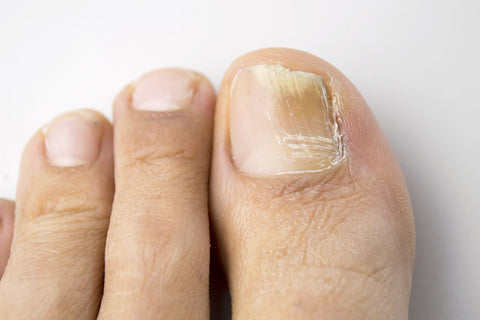 Several factors may cause or contribute to foot and toenail fungus, including conventional footwear, decreased immune function and circulation, and trauma. Fungal toenail infections, also called onychomycosis, are common in adults and typically follow fungal infections of the feet. Fungal foot and nail infections can be difficult to treat and may recur even after successful treatment. Here are some additional details about the three factors mentioned above that may cause...
Read more
Several factors may cause or contribute to foot and toenail fungus, including conventional footwear, decreased immune function and circulation, and trauma. Fungal toenail infections, also called onychomycosis, are common in adults and typically follow fungal infections of the feet. Fungal foot and nail infections can be difficult to treat and may recur even after successful treatment. Here are some additional details about the three factors mentioned above that may cause...
Read more



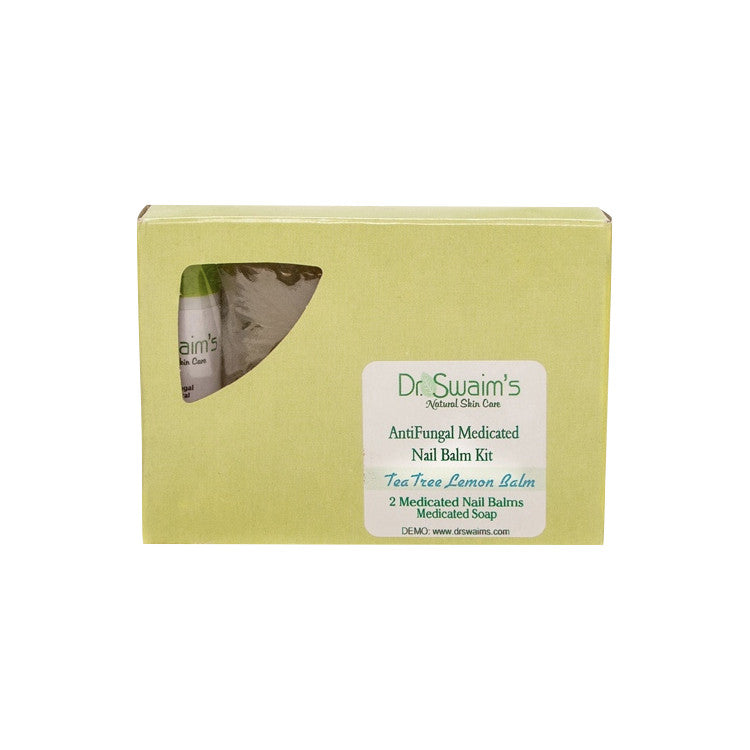
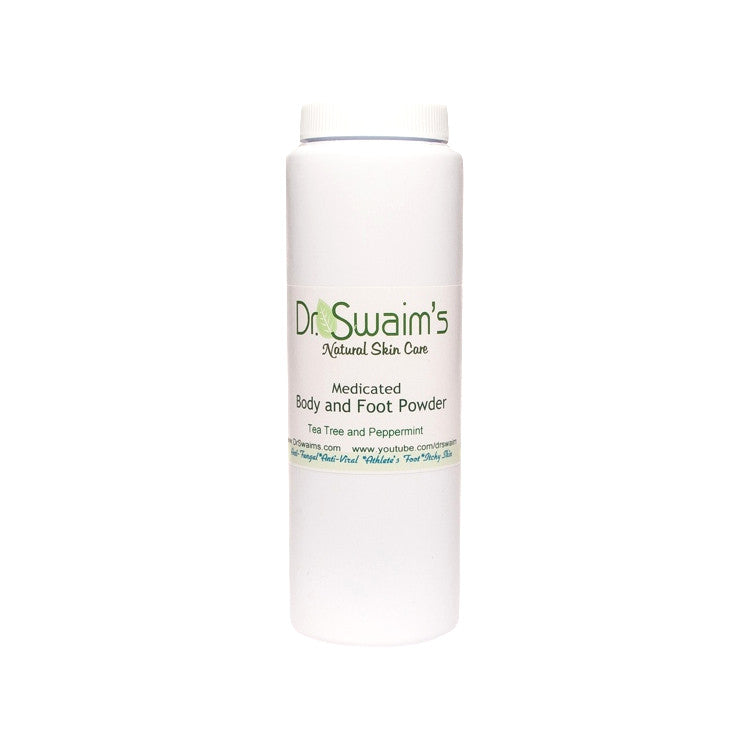
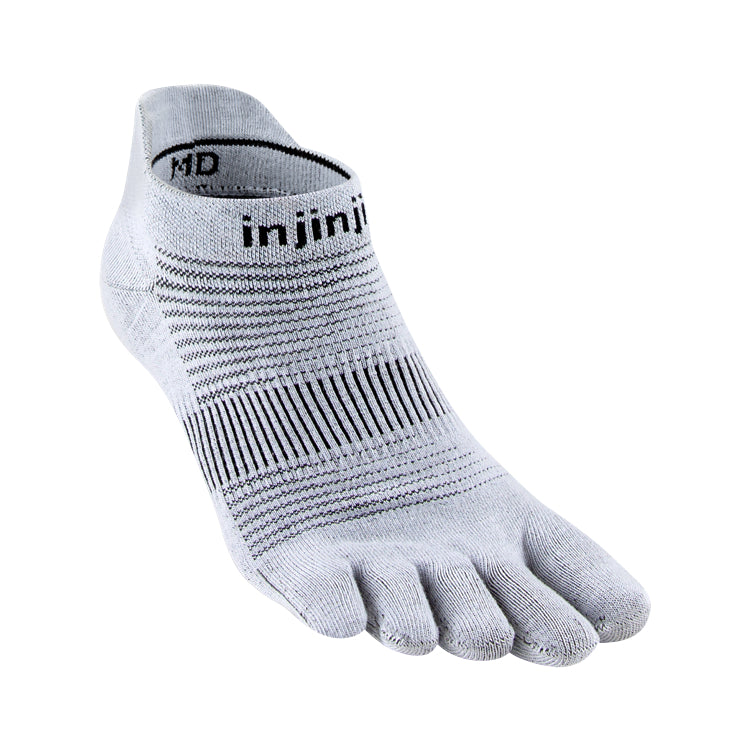
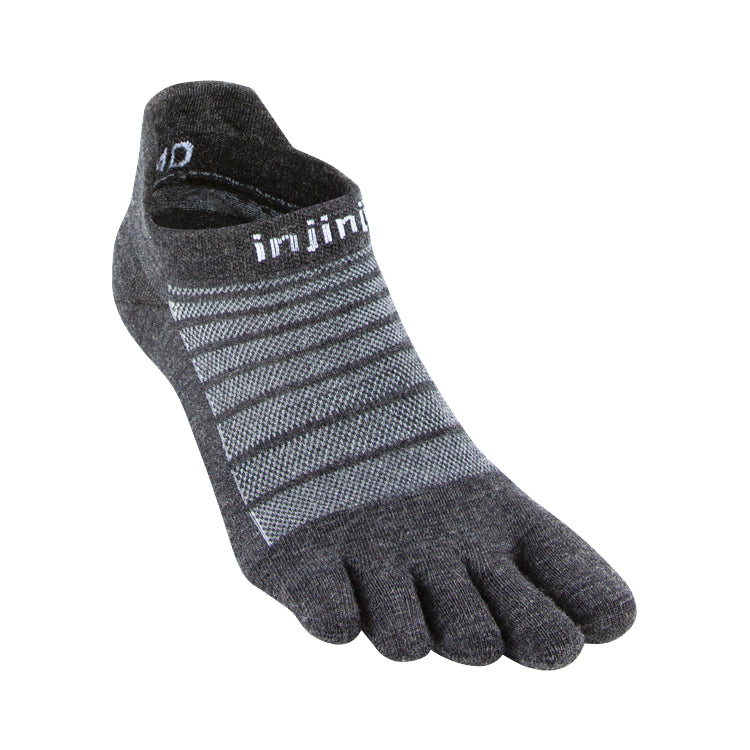
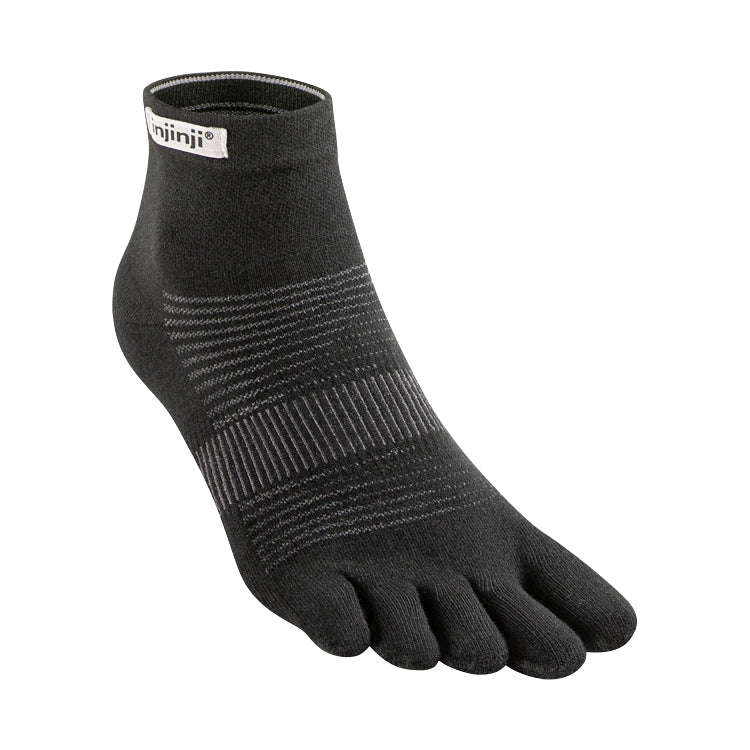
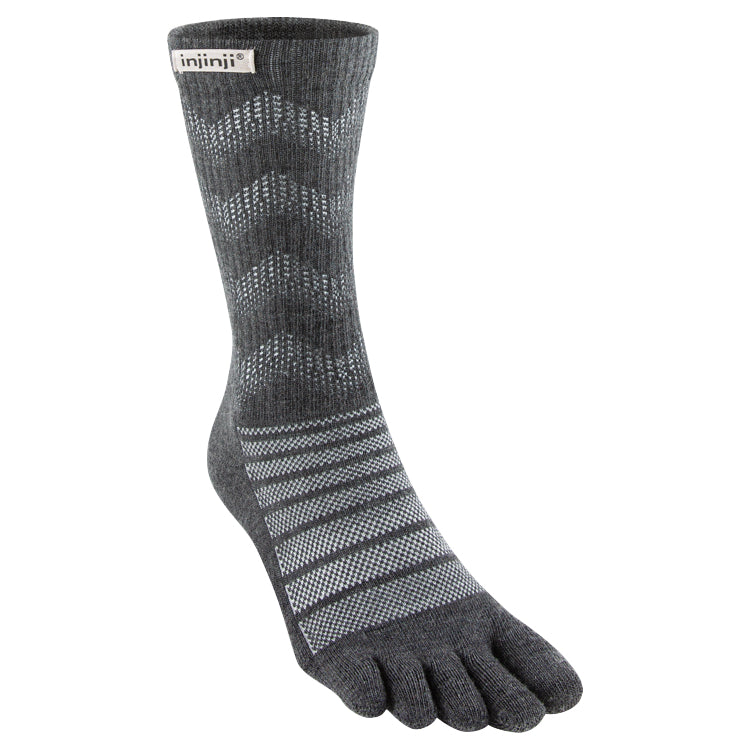
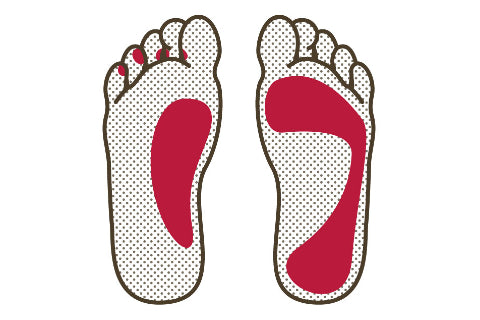
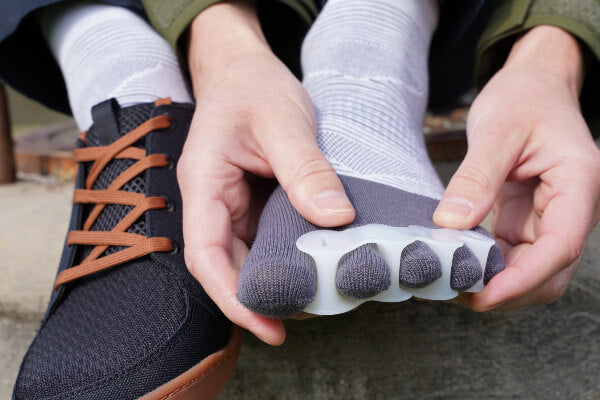
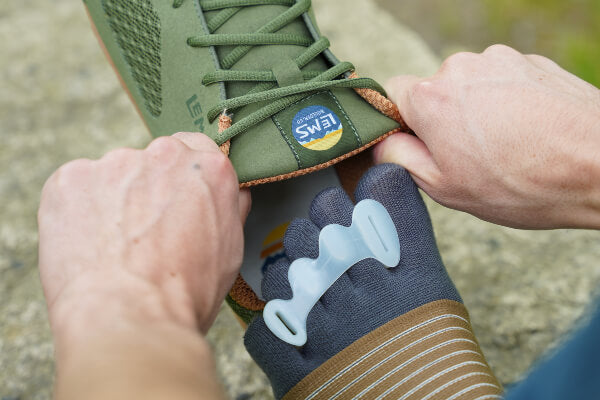
I need help with my unattractive toenails.
Hi, Dick,
We’ve found the strategies listed in the article above to be quite helpful in improving the appearance (and health) of fungal toenails. You may consider seeking the help of a local foot care provider if the use of a rotary file is needed to flatten and smooth any affected nails.
Kind regards,
Robyn Hughes, ND